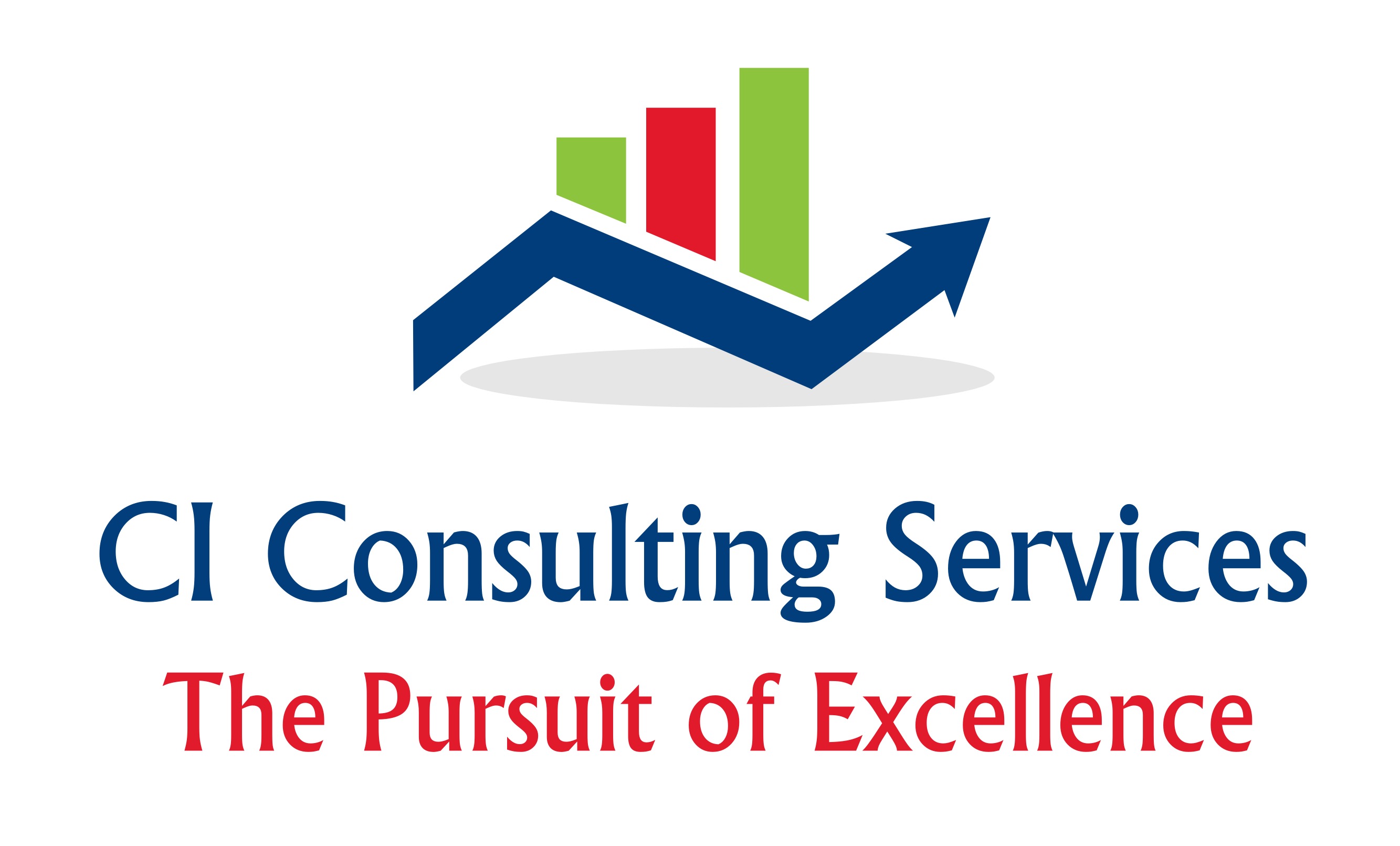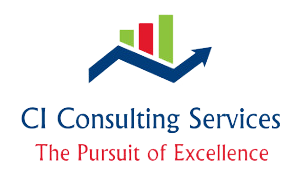How I Assess Your Operation
10 Things I Look ForMy job allows me to visit many plants, and my clients often want to know if I can help them improve their operation. When I evaluate an operation, I look at the implementation of hard, Lean tools, as well as soft tools such as evaluating culture, which can be defined as ‘the way people agree to treat each other’.I have completed these evaluations formally using an audit sheet and a resulting score, but these are the top ten questions that I typically consider when I tour a shop. They form the basis of discussions with my clients during subsequent meetings. All of these tools fit under the umbrella of continuous improvement (CI).
1) Is the work environment safe?- Is it clean and organized? Are aisles clear and marked? Are racks or skids of parts in the aisles? Are they scattered about wherever there is room or do they have specific locations? Is water, oil, or other fluids on the floor? Do people wear earplugs and/or safety glasses or other PPE as required? Is there a strategy for rally points during building evacuations? Do people know where to go during evacuations? Are rally point maps posted?
- I check fire extinguisher tags routinely whenever I walk past them. I found tags that were out of date three times in the past year, once by several years. Not only is this a safety and security issue, but it also shows lack of attention to detail.
2) Do employees look the tour guide or myself in the eye and/or greet me openly?- This is often a sign of a healthy operational culture, particularly one in which employees working on the floor are comfortable with management. In a toxic environment, I often feel like a ghost passing through some areas because nobody notices or responds to my presence (they are afraid to).3) How much “air” are you storing in racks or shelves?- I find this is the best way to evaluate how efficiently storage space is being utilized. Sure—skid loads can be of varying sizes, but the package size of commonly used items can be predicted fairly closely, if not specified on a purchase order. If racks haven’t been adjusted in order to improve storage density, this indicates a general lack of awareness of daily CI opportunities.
4) What is your employee efficiency?
- To calculate a rough percentage of employee efficiency, count the number of employees you see in an area and determine how many are performing value-added activities. This does not include standing and talking—which could be necessary—moving parts or containers, or searching for things. If ten people are in a department and five are performing value-added activities, you have an employee efficiency of 50%. The number of people working will vary from moment to moment, but this simple snapshot gives a rough idea within a range of how efficient the operation runs.5) How visual is the workplace?- Are there visual boards in the area that indicate the day’s goals, recent performance, or other important items? If I, as a visitor, don’t know these details, I’m confident that other people, including managers, may not know either. This sets up managers to miss opportunities for early intervention.
- Are containers labeled with part numbers and quantities? Replenishment location? Are rack locations identified with a unique number? If not, then I can predict that people waste time looking for parts.
6) Are bulletin boards updated?- I’ve been on many plant tours where people will proudly point out a suggestion or information board in an area. When I look at it, I will see items that are several months or years old. Suggestions are useless without resolution and feedback. This also tells me something about follow-through in that organization.- Is there a wall of metrics for the facility? If so, are they current? Do people have meetings around them or area boards? I can predict that most employees don’t pay attention to them or even understand them unless there is a regular meeting gathered around the boards. Many times employees aren’t sure which way to drive the metric or how it applies to them, or even what it means. And they are certain they can't do anything to move the needle on it. Thus, they are often ignored.
7) Do people stop my tour guide for answers to simple questions, such as clarification of a work order or the location of an item?- While questions are inevitable, a person having standard questions about standard operations indicates an opportunity for more clarification through better documentation or more specific procedures or other simple improvements.8) Are there problems evident as I walk through, such as clusters of people discussing an issue or other disruptions to operations?- When I ask "Hey, what's going on over there?" a frequent response is "Something unusual - that issue almost never happens." I often think, “I’m almost never in your building, so either I’m incredibly lucky—(must buy lottery ticket NOW) or it happens far more often than people realize.
9) Are customers happy?- Some people would argue that customers are never happy, always wanting faster deliveries, higher quality, and lower pricing. As CI organizations, we should provide steady improvements to stay competitive. However, if customers are complaining via Corrective Action Requests (CARs), product returns, or other methods, we need to track this valuable data using metrics in order to know when processes are controlled and when they need to be worked on.
10) Are the owners happy?- Every company has owners—whether they’re private owners, a board of directors, or stockholders - and companies should understand how the owners feel about the operation. Even when customers are not complaining, if the company is not making money to budget, or is running high-product variances or other metrics such as poor first-pass-yield (FPY) or on-time delivery, then people should be tracking these metrics and implementing improvements. If these measures are not taken, the owners will be dissatisfied.
There are many other things that I observe while on a plant tour, but these are the key questions that I use to gather information about the state of the operation and its future.
What things do you look at? I’d like to know.
 Visit us at www.ciconsultingservices.com
Visit us at www.ciconsultingservices.com
